Introduction
What Does A Pigeon Look Like: Pigeons, often overlooked and dismissed as common city birds, possess a unique and intriguing beauty that is worthy of closer examination. These ubiquitous avian creatures, scientifically known as Columba livia domestica, exhibit a wide array of physical characteristics that make them both fascinating and distinctive. In this exploration, we will delve into the captivating world of pigeons, deciphering what they truly look like beyond their apparent simplicity. At first glance, a pigeon may seem unremarkable, with its predominantly gray or bluish-gray plumage and unassuming demeanor. However, a closer inspection reveals a world of intricacies in their appearance. Pigeons typically measure between 12 to 14 inches in length, with a wingspan of approximately 18 to 22 inches, making them a relatively compact bird in the grand scheme of avian biodiversity.
Their bodies are stocky, giving them an air of sturdiness, and their rounded wings enable them to perform agile aerial maneuvers. One of the most striking features of pigeons is their iridescent neck feathers, which often shine with vibrant hues of green and purple when exposed to sunlight. This captivating coloration is more pronounced in males and serves as a key element in their courtship rituals. In their distinctive neck feathers, pigeons sport a subtle but charming range of colors in their plumage, including various shades of gray, brown, and white, often complemented by subtle patterns and markings.
Pigeons symbolize also boast a unique head shape, characterized by a small, rounded bill and a prominent cere a fleshy area at the base of the bill. Their eyes, set on either side of their head, them with excellent peripheral vision, aiding in their constant surveillance for potential predators. Their legs are relatively short and sturdy, adapted for ground foraging and perching on urban structures. Beyond their physical attributes, pigeons have an undeniable grace in flight, gliding effortlessly through the urban canyons they call home. Their rhythmic wingbeats and aerial acrobatics are a testament to their adaptability and survival skills in the urban environments they inhabit. Intriguingly, pigeons exhibit remarkable diversity in appearance, with various breeds and color morphs existing worldwide.
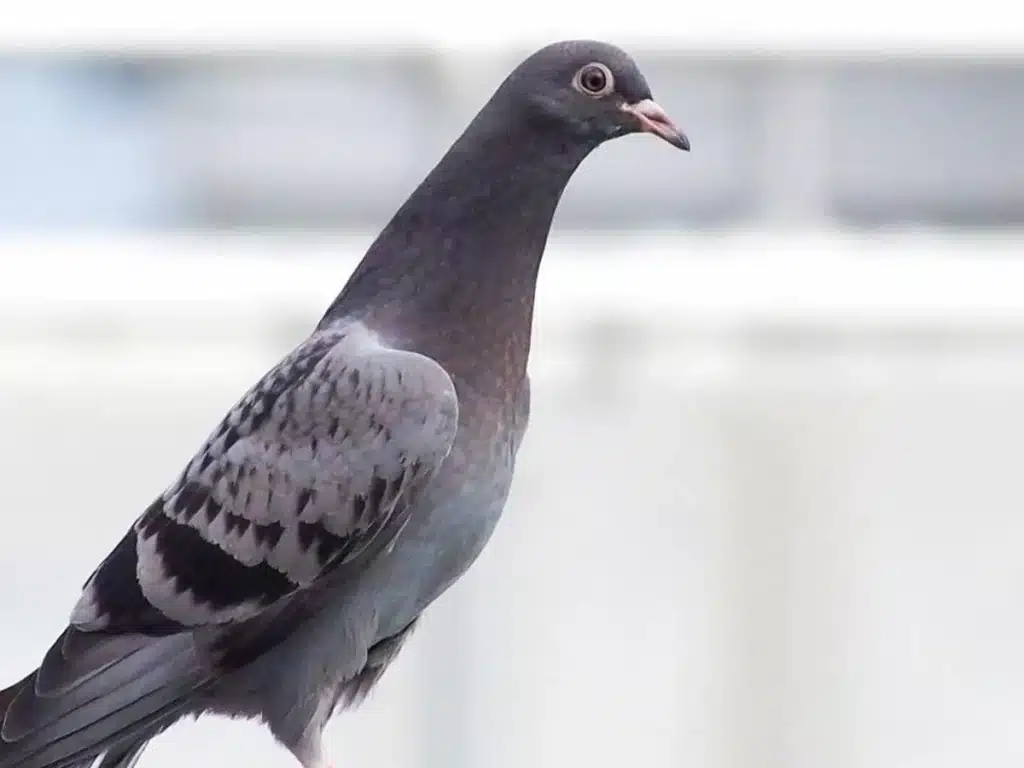
How do you describe a pigeon?
Pigeons are gentle, plump, small-billed birds with a skin saddle (cere) between the bill and forehead. All pigeons strut about with a characteristic bobbing of the head. Because of their long wings and powerful flight muscles, they are strong, swift fliers.
When describing a pigeon, one cannot ignore its physical attributes, which are both distinctive and adaptable. Pigeons are typically medium-sized birds, ranging from 12 to 14 inches in length, with a wingspan of about 18 to 22 inches. They have stocky bodies with short legs, which make them well-suited for ground foraging and perching on various structures.
Perhaps one of the most striking features of pigeons is their iridescent neck feathers. These feathers, particularly prominent in males, often shimmer with hues of green and purple when exposed to sunlight. The head of a pigeon is relatively small, adorned with a small, rounded bill and a fleshy cere at the base of the bill. Their eyes are positioned on the sides of their heads, affording them excellent peripheral vision, an adaptation for spotting potential threats or predators.
Pigeons exhibit a diverse range of plumage colors and patterns. While they are commonly associated with gray or bluish-gray feathers, they can also display variations of brown, white, and subtle patterns, depending on the breed and region. This diversity is a testament to their adaptability and ability to thrive in a wide range of environments.
What is the difference between a pigeon and a dove?
Pigeons and doves belong to the same family of birds (Columbidae), which consists of more than 300 species of birds. They share similar features like thick and round bodies, short necks and thin peaks, but doves are generally of a smaller stature while pigeons are often larger and stubbier.
In general, the terms “pigeon” and “dove” are often used differently depending on regional and cultural conventions. In everyday language, “dove” is commonly associated with smaller, often white or lightly colored species, while “pigeon” is used for larger, more robust birds. However, this distinction is not always consistent.
Size is one of the more noticeable differences between pigeons and doves. Pigeons are generally larger, with a stockier build, while doves tend to be smaller and more slender. However, there is overlap in size between some species. Plumage coloration varies widely within both pigeons and doves, but doves are often associated with lighter colors, including white, cream, and light gray. Pigeons can exhibit a broader range of colors, including grays, blues, browns, and even iridescent feathers on their necks.
Both pigeons and doves are adaptable birds that can be found in a variety of habitats worldwide. However, some species within each group exhibit specific preferences. For example, pigeons are often associated with urban environments, while doves may be more commonly found in wooded areas and gardens.
What does a pigeon tail look like?
The upper half of the tail is gray, fading to a pale gray band at the tip. The wings are unmarked pale gray with dark wingtips noticeable in flight. The bill and feet are yellow. These forest pigeons spend much of their time traveling in groups to search for nuts, fruits, and seeds on the ground and in trees.
The tail of a pigeon is composed of a set of feathers that extend from the base of the bird’s spine, forming a fan-like structure at the rear end. These tail feathers, also known as rectrices, are pivotal for stability during flight, allowing the bird to make precise maneuvers in the air.
The length of a pigeon’s tail can vary among different species and even within populations. Generally, pigeons have relatively short to medium-length tails compared to some other bird species. The length of the tail is relative to the size and proportions of the bird’s body. Larger pigeon species may have longer tails, while smaller ones will have shorter tails.
Pigeon tail feathers are characterized by their sleek and smooth appearance. They are typically narrow and pointed, providing minimal air resistance during flight. The number of tail feathers can vary but is usually around 12 to 16 feathers.
The coloration of a pigeon’s tail feathers can vary depending on the species and individual bird. In many pigeon species, the tail feathers are similar in color to the rest of the bird’s plumage. This coloration can include various shades of gray, brown, white, and black. Some pigeon species, like the rock pigeon, have a dark band at the end of their tails, while others may exhibit more uniform tail coloration.
What can I write about pigeon?
Pigeons are beautiful birds, they are also known as domestic birds. Basically, pigeons like to live in groups and move along with their peer groups. Pigeons are the most attractive creation of God, they are adored by everyone due to their gentle nature.
Dive into the behavior and ecology of pigeons. Describe their feeding habits, mating rituals, nesting behavior, and interactions with other wildlife. Discuss how they’ve adapted to urban environments. Investigate the role of pigeons in urban ecosystems. Explain how they have become a common sight in cities around the world and the ecological niche they occupy in these environments.
Explore the intelligence and cognitive abilities of pigeons. Discuss their remarkable homing instincts, navigation skills, and contributions to scientific research, including studies on animal cognition. Examine the cultural significance of pigeons in art, literature, and mythology. Explore how pigeons have been portrayed in various cultures and their symbolism throughout history.
The diverse world of pigeon breeds. Discuss how different breeds have been selectively bred for various physical traits, colors, and patterns. Highlight the hobby of pigeon breeding and exhibition. Explore the historical use of pigeons as messengers, dating back to ancient times. Discuss their role in wartime communication and how their homing abilities were harnessed for this purpose.
What are 5 characteristics of a dove?
All doves and pigeons have relatively small heads, short beaks, and stubby legs. They tend to have plump, rounded bodies. Their flight muscles take up about 44% of their body weight. This makes them exceptionally strong fliers.
One of the most recognizable features of doves is their soft and subdued plumage. Doves are often associated with gentle, muted colors, such as shades of gray, brown, and white. Many species have subtle patterns and markings on their feathers. The coloration of doves serves as effective camouflage in their natural habitats.
Doves are renowned for their distinctive cooing vocalizations. Their coos are soft, soothing, and often associated with tranquility and peace. These vocalizations play a significant role in communication, especially during courtship and mating rituals. The mournful cooing of the mourning dove, for instance, is a common sound in many regions.
Doves are often considered symbols of peace, love, and serenity in various cultures and religions. This symbolism is closely tied to their gentle behavior and harmonious coexistence. Doves are rarely aggressive and are known for their peaceful interactions with other birds. They often form monogamous pairs and share parenting duties.
What do baby doves look like?
At birth, baby doves are completely covered in yellow-brown down feathers. They can look prehistoric with the combination of their down feathers and very dark skin. Their beaks have a noticeable egg tooth and are dark in color.
When baby doves first hatch, they are incredibly small, measuring only a few inches in length. Their bodies are mostly naked, covered in fine, sparse down feathers that appear whitish or pale yellow. Their eyes are closed, and they are entirely dependent on their parents for warmth, protection, and nourishment.
At this stage, they may appear wrinkled and fragile.
As baby doves grow, their downy feathers become more apparent and start to cover their bodies more densely. At this stage, their bodies are still quite plump and not fully developed. Their eyes begin to open, revealing dark, often blackish irises. Their beaks are short, straight, and relatively soft, designed for feeding on regurgitated crop milk
Over the next few days and weeks, baby doves’ downy feathers gradually give way to the development of true feathers. Their plumage begins to take on a more defined color and pattern. Depending on the species, it may be various shades of gray, brown, or white. The growth of feathers gives them a somewhat scraggly appearance, as the feathers are still growing in and may appear uneven.
Is dove also called pigeon?
There’s no difference between a pigeon and a dove in scientific nomenclature, but colloquial English tends to categorize them by size. Something called a dove is generally smaller than something called a pigeon, but that’s not always the case. A common pigeon, for example, is called both a rock dove and a rock pigeon.
Dove” is often associated with smaller species of pigeons, typically characterized by lighter and more subdued plumage colors, such as white, cream, or light gray. These smaller pigeons are commonly perceived as symbols of peace, love, and serenity. “Pigeon” is frequently used for larger and more robust pigeons, often with grayer or darker plumage. These larger species are often found in urban environments and may be considered common or even pests in some regions.
The mourning dove, with its soft grayish-brown plumage and distinctive mournful cooing call, is a classic example of a bird commonly referred to as a “dove.” The rock pigeon, often found in urban areas around the world, is typically called “pigeon” and is known for its varied plumage colors, including gray, black, and iridescent hues.
In ornithological and scientific contexts, there is no strict differentiation between doves and pigeons. Researchers and scientists often use both terms interchangeably when referring to birds in the Columbidae family. Various pigeon and dove species may exhibit significant variations in size, coloration, and behavior, further blurring the lines between the two categories.
Why are doves called pigeons?
But despite these associations, there is no formal distinction between doves and pigeons, only a linguistic one. The word “pigeon” came into the English language from French, while “dove” came from Nordic languages. In many languages, the birds are one and the same.
Cultural perceptions and symbolism have played a significant role in differentiating between the two terms. “Dove” is often associated with positive, peaceful symbolism in many cultures, which is why it may be used to describe smaller, lighter-colored pigeons. In contrast, the term “pigeon” is often applied to larger and sometimes more urban-adapted species that are not typically associated with peaceful symbolism. Rock pigeons, which are commonly seen in cities, are a prime example.
The use of “dove” and “pigeon” can vary regionally and culturally. In some countries and regions, there may be more consistent distinctions between the two terms, while in others, they may be used interchangeably. Regional naming conventions may reflect the characteristics of local pigeon and dove species.
The common usage of these terms also plays a role. People often choose the term that feels most appropriate based on the appearance and size of the bird they are describing. Smaller, more delicate-looking birds are more likely to be called “doves,” while larger or more robust birds may be referred to as “pigeons.”
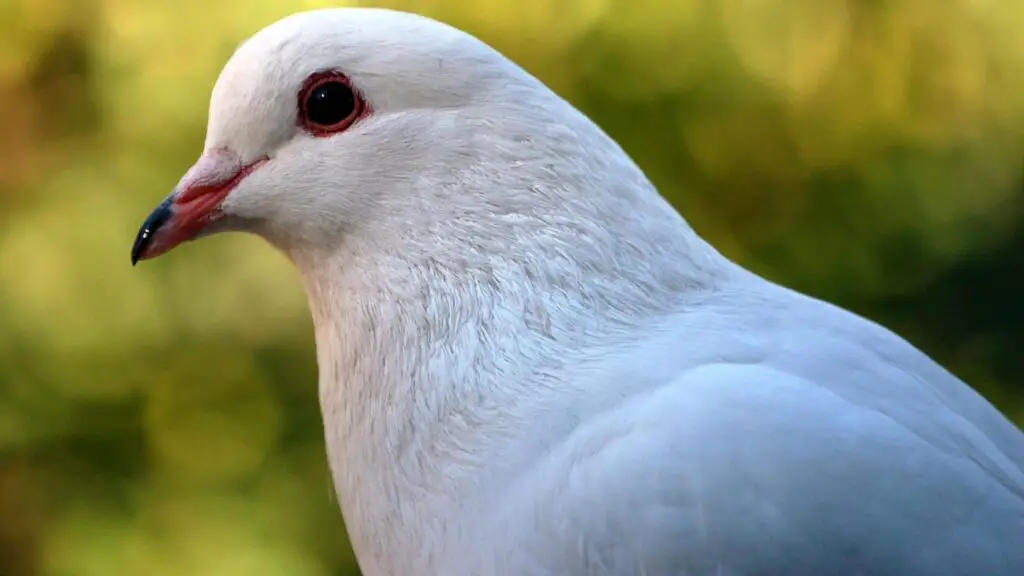
Conclusion
The seemingly ordinary pigeon is far from mundane when one takes the time to appreciate its unique and often underestimated beauty. While they may be a common sight in urban environments worldwide, pigeons possess a charm and complexity that deserve recognition and admiration. Our exploration of what a pigeon looks like has revealed a bird with a subtle yet captivating palette of colors and patterns. From their iridescent neck feathers that shimmer in the sunlight to the diverse array of plumage pigeon shades and markings across different breeds, pigeons exhibit a remarkable pigeons feeding variety of visual characteristics.
It’s a testament to nature’s artistry that these birds can be so diverse while coexisting harmoniously with us in our cities. Beyond their physical appearance, pigeons demonstrate an impressive blend of grace and adaptability in flight. Their agile aerial maneuvers and rhythmic wingbeats are a reminder of their ability to thrive in the bustling, ever-changing urban landscapes they call home. Their unique head shape, with a small bill and prominent cere, is a testament to their specialized adaptations for survival. Pigeons are more than just urban pests; they are a symbol of resilience and adaptability in the face of the challenges posed by human-dominated environments.
Their presence is a reminder that even in the most concrete jungles, there exists a vibrant tapestry of life waiting to be appreciated. Moreover, pigeons are not a single homogenous species but encompass a wide range of breeds and color morphs, each with its own unique charm. Whether it’s the familiar city pigeon or the ornate patterns and colors of fancy pigeon breeds, there’s a pigeon for every enthusiast to admire. In our quest to understand what a pigeon looks like, we have uncovered a world of beauty and complexity that often goes unnoticed. These unassuming birds have shown us that even the most common creatures can be extraordinary when viewed with a discerning eye.

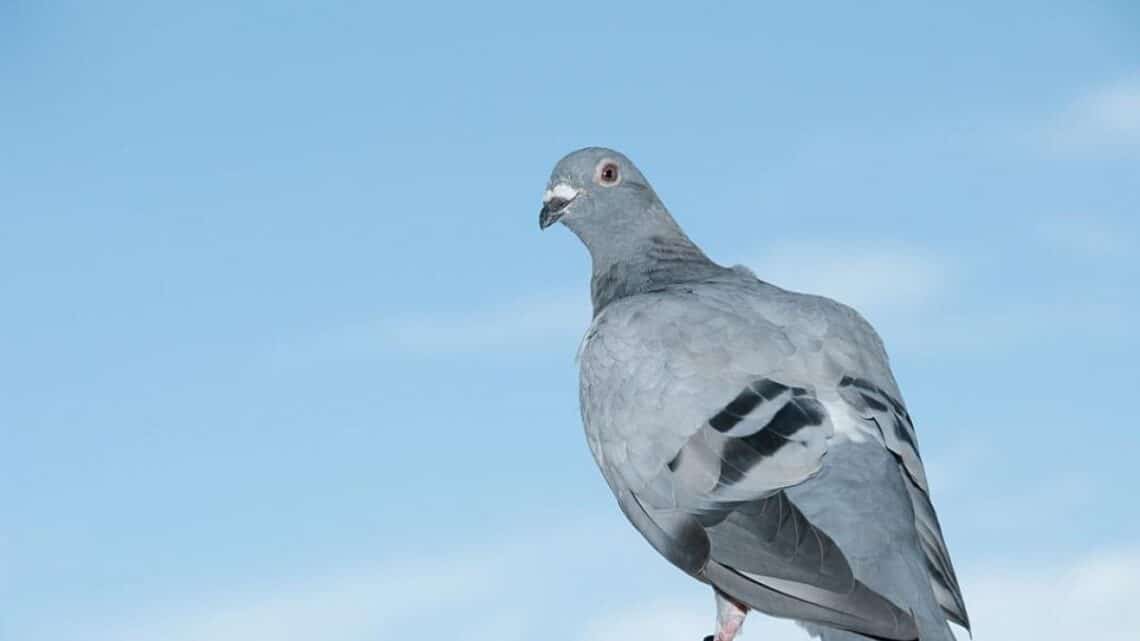
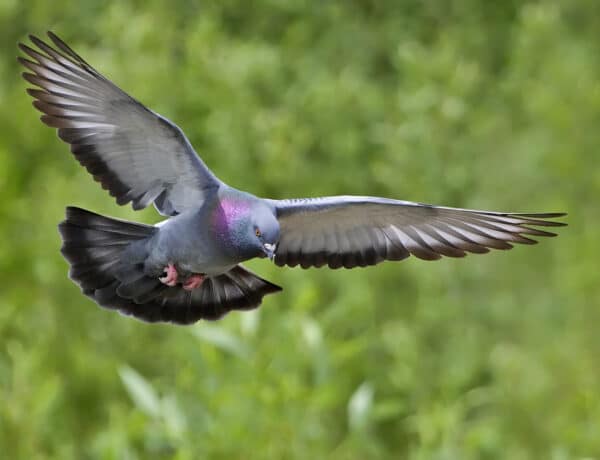
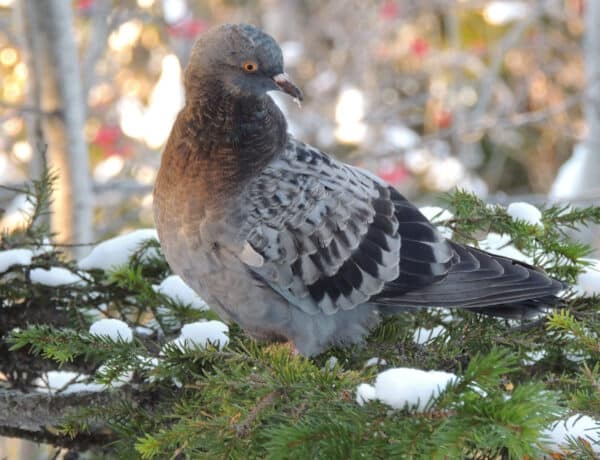
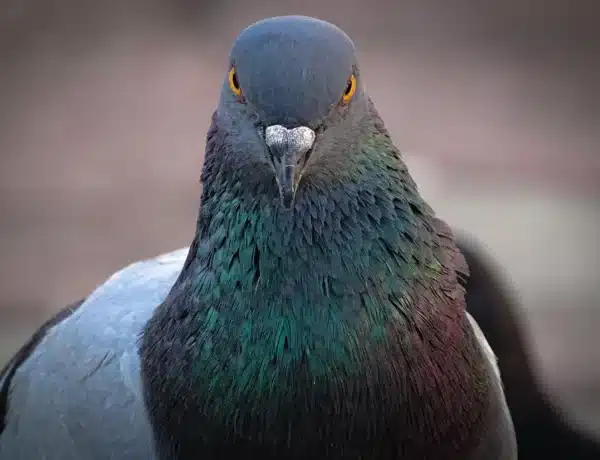
No Comments